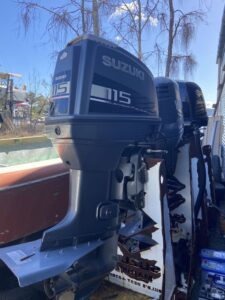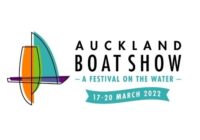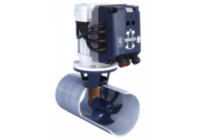Here is a classic, short-lived and now forgotten outboard which merits a worthy encomium. This is a 2-stroke Suzuki DT115S from 1998 (the penultimate model year before the first 4-stroke DF90/115 began to supersede all Suzuki’s old 2-strokes). With this particular motor, the “S” denoted a sport application (in this case, primarily the US bass boat market), and it was only ever available in 20″ (long) shaft. I never saw one of these dynoed, but there was little doubt that they were close to the upper limit of the +/- 10% variance allowance for stated horsepower – probably between 120 and125 HP.

At the time, this (plus its sibling, the DT140) was the only fuel-injected conventional 2-stroke on the market, and although the basic architecture was old (going back to the first white/orange-liveried DT115 of 1980), it was, in terms of fuel delivery and ignition-control systems, a reasonably sophisticated and creatively-engineered, well-packaged unit. Whereas the V6 Suzuki’s of that era used Nippondenso fuel-injection componentry, this motor (and the DT140) utilised a simple, cheap(ish) but highly effective Kokusan multipoint system, which was sequential rather than “grouped” (i.e. supplying fuel all the time) – the latter being common on fuel-injected motors from other brands.
By the 2-stroke standards of the era, it liked to rev, too (which large-capacity, longish stroke 4-cylinder motors don’t normally like to do), and would run all day at over 6,000 RPM. Its main drawback (apart from the aging but quaintly endearing packaging and aesthetics) was its thirst – because with a conventional 2-stroke, fuel injection did not automatically correlate to fuel economy. This motor would have burned over 50 l/h at full throttle (close to the fuel burn on a modern 4-stroke 150 hp), but it had a fantastic hole-shot and would pull strongly, and keep gaining in linear acceleration – right up to wide-open throttle. Interestingly, Suzuki (and probably, to some extent, Tohatsu), was the only company that could, at that time, make a large, smooth, inline 4-cylinder with balance and with negligible vibration. Mercury, a company that made outboards and outboards only, wasn’t able to combat vibration in its inline 4s of that era, which is why they had to adopt the 2+2 system – i.e. two cylinders shutting down at trolling speeds.
Whilst the DT115S was one of the shortest-lived series of outboards ever, it was testimony to Suzuki’s resilience, innovation and creativity and their ability to make the best of the meagre means they had at their disposal at the time, all the while trying to remain relevant in an industry in which there were new-model onslaughts nearly every single year.
If you ever see one of these curios with a documented service history at a good price, you could do worse than dive in and take a chance – it’ll still give maximum bang for buck!
Danny Casey is highly experienced, undoubtedly idiosyncratic, and immensely knowledgeable about things mechanical, new or old. His knowledge and passion are as a result of spending his whole life in or around anything power-driven – especially marine engines. His passion for boating is second to none, with his life a montage of fabulous memories from decades spent in or around water and boats, both here and in Europe. Danny has spent myriad years in the recreational marine industry in a varied career in which he has bamboozled colleagues and competitors alike with his well-honed insight.

His mellifluous Irish accent, however, has at times been known to become somewhat less intelligible in occasional attempts at deliberate vagueness or when trying to prevent others from proffering a counter-argument or even getting a word in. Frank and to-the-point, but with a heart of gold, it can be hard to convince Danny to put pen to paper to share his knowledge. Marine Business News is grateful that he took the time to share this insight. Connect with Danny through LinkedIn.







